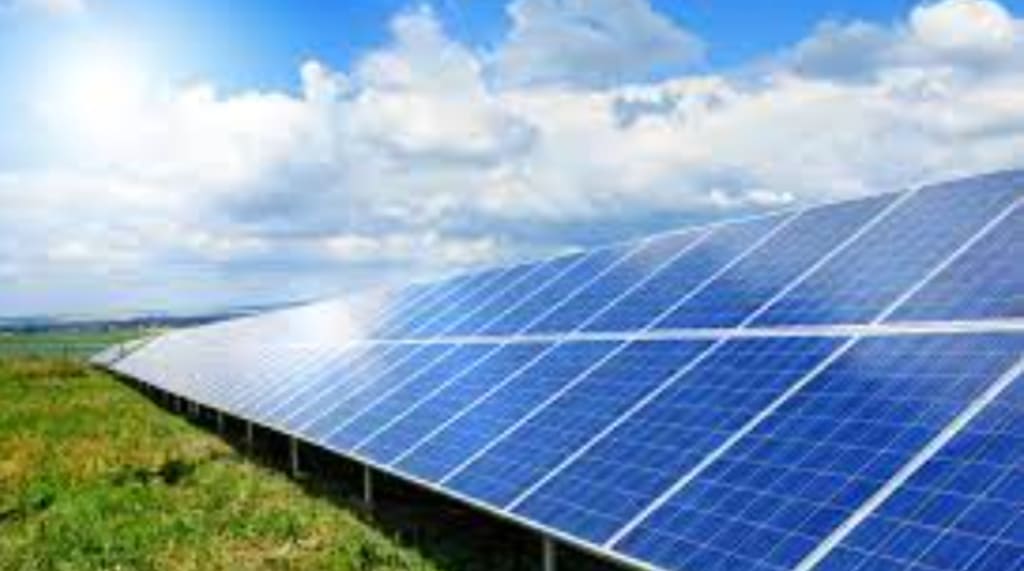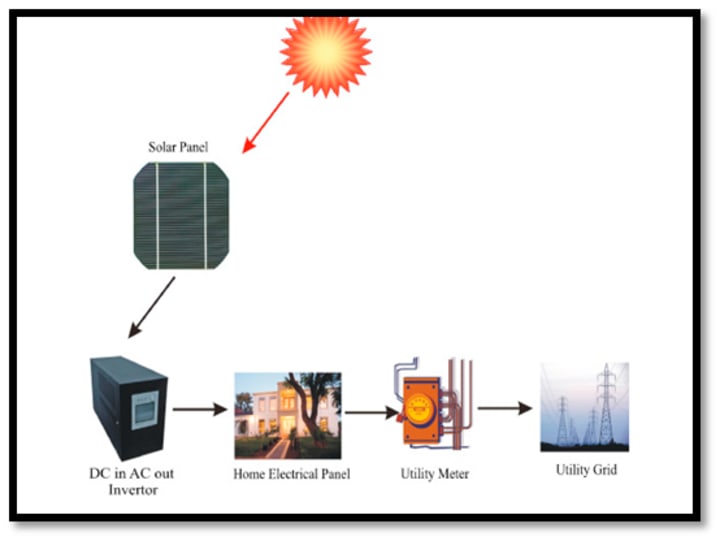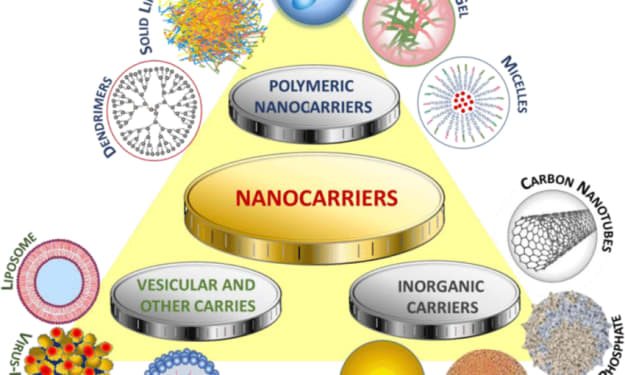Solar Energy
Photovoltaic power conversion and solar energy collectors

Introduction:
The term "solar energy" refers to energy that is produced by the sun. Such energy can be gathered and converted into forms that can be used for power, heating, and cooling. It is one of the types of renewable energy sources. Sunlight is one of the most plentiful and easily accessible energy sources. The quantity of solar energy that reaches the surface of the globe in a single hour exceeds the planet's whole annual energy needs.
Methods of capturing solar energy:
Solar energy can be captured and used in a variety of ways, including:
Photovoltaic (PV) cells
Concentrated solar power (CSP) systems
Passive solar designs.
1-Photovoltaic cells:
It sometimes known as solar panels, are the most widely used technology for harnessing solar energy. These solar cells use semiconductors to convert sunlight into direct current (DC) electricity. This electricity can either be used immediately or stored in batteries for later use.
Solar energy is one type of renewable energy. Sunlight is one of the most plentiful and easily accessible energy sources. The quantity of solar energy that reaches the surface of the globe in a single hour exceeds the planet's whole annual energy needs.
For obtaining solar energy, power towers and photovoltaic cells are employed. The photovoltaic (PV) effect depends on photon interactions with energies greater than or equivalent to the bandgap of the PV materials. By stacking semiconductors with various band-gap widths, some loses resulting from band-gap restrictions are prevented. Without any pollutants, noise, or vibration, PV modules produce power straight from light. While sunlight is free, the cost of producing electricity is incredibly high, although costs are beginning to decline. Low energy density of solar energy means that vast surface areas are needed for little amounts of energy output by PV modules. The inverter, which transforms the DC electricity generated by a PV array into AC power, is the main component in grid-connected PV systems.

2- Concentrated solar power (CSP) systems:
This method use mirrors or lenses to concentrate sunlight into a particular area. The concentrated sunlight heats a fluid, and the steam that results spins a turbine to produce electricity.
CSP systems come in a variety of forms, such as:
Dish/engine system.
Power tower system.
Parabolic trough system.
A dish-shaped reflector is used in dish/engine systems to direct sunlight onto a receiver that is positioned at the dish's focal point. A fluid is heated by the receiver, creating steam that powers a Stirling engine or a Brayton cycle engine to create energy.
In power tower systems, a central receiver tower is encircled by heliostats, a collection of mirrors that follow the sun's path and reflect its rays onto the receiver. A fluid is heated by the receiver, creating steam that powers a turbine and creates energy.
Long, curved mirrors are used in parabolic trough systems to direct sunlight onto a pipe containing a heat-transfer fluid. After being heated to a high temperature, the fluid is utilized to create steam, which powers a turbine and produces electricity.
Because CSP systems can store heat energy in thermal storage systems, which can then be used to generate steam and electricity when there is little or no sunlight, they can generate power even when the sun is not shining. They become dependable sources of renewable energy as a result.
Advantages:
CSP systems have the benefit of offering a sizable source of electricity that can be included into current power grids. Additionally, they are more thermally efficient compared to photovoltaic cells and other solar technologies.
3-Passive solar designs:
Buildings with passive solar heating and cooling use sun energy instead of mechanical or electrical systems. Buildings can be oriented towards the sun, materials with a high thermal mass can be used, and shading devices can all help with this.
In conclusion, solar energy is a clean, renewable energy source with the potential to drastically lessen our reliance on fossil fuels and slow down global warming.
Despite the benefits of solar energy, there are certain difficulties in implementing it, such as the sporadic nature of sunshine and the requirement for land and water supplies. Nevertheless, technological advancements and ongoing research are helping to overcome these challenges and make solar energy an increasingly viable and sustainable source of energy for the future.
About the Creator
Enjoyed the story? Support the Creator.
Subscribe for free to receive all their stories in your feed. You could also pledge your support or give them a one-off tip, letting them know you appreciate their work.





Comments (3)
Its impressive and gave us ideas about alternative energy resources.
Can you tell me which technique is best in terms of efficiency?
Well said